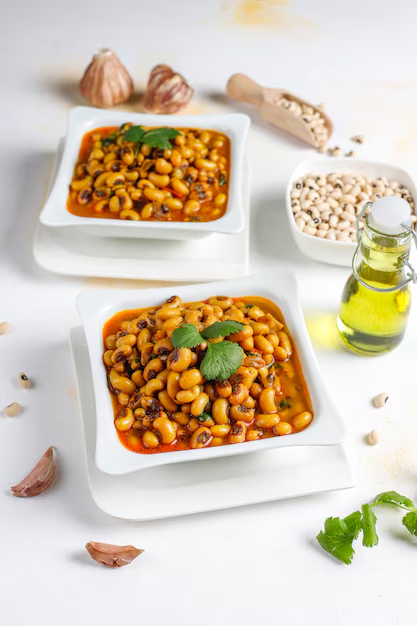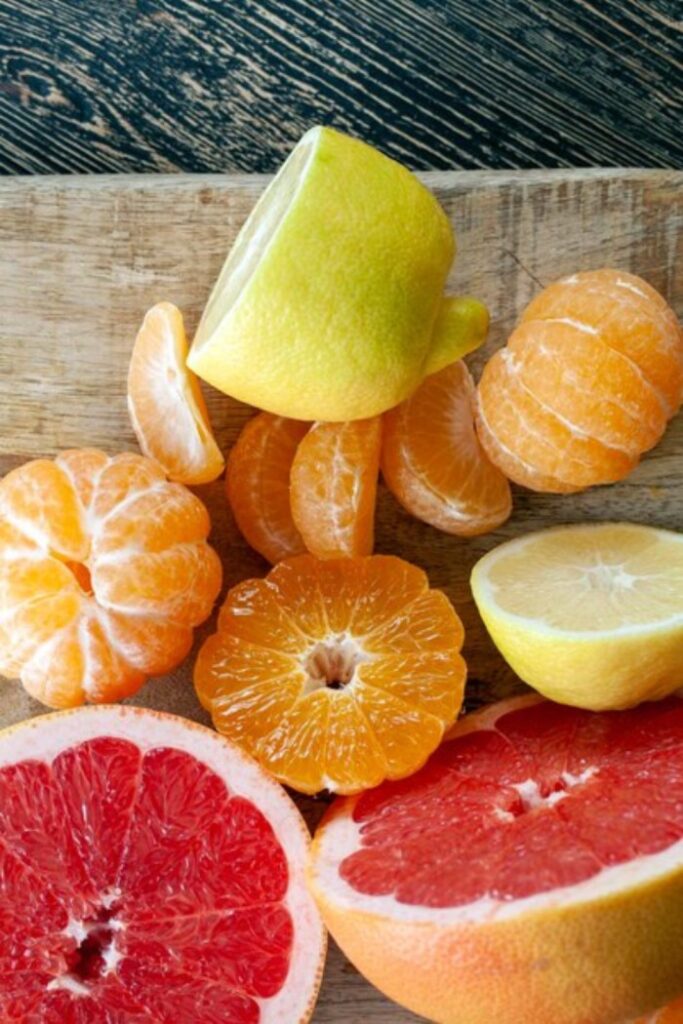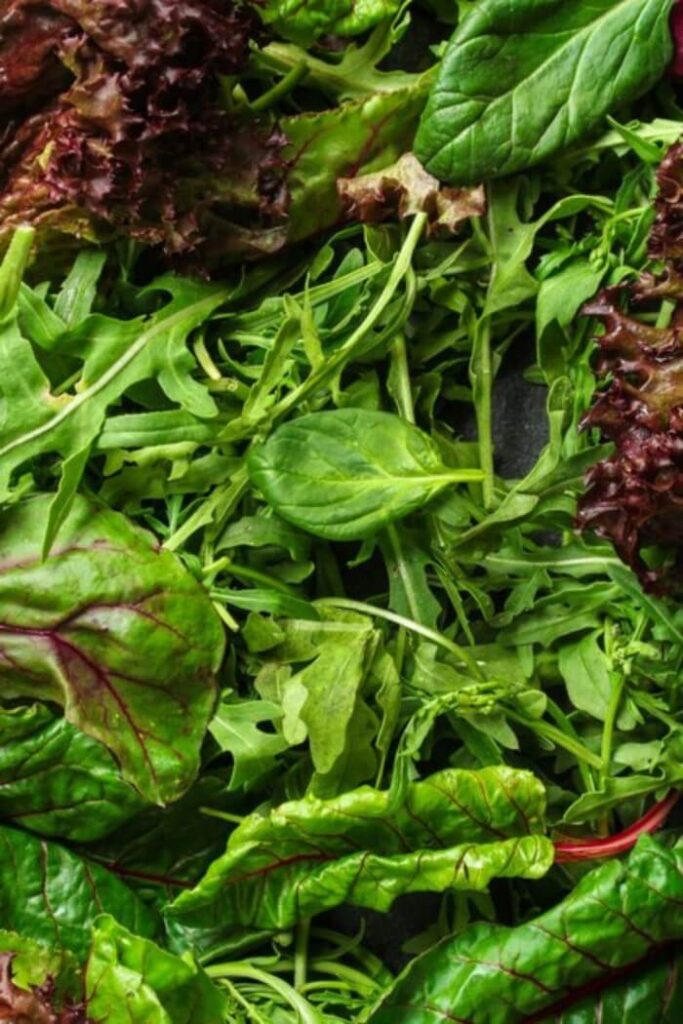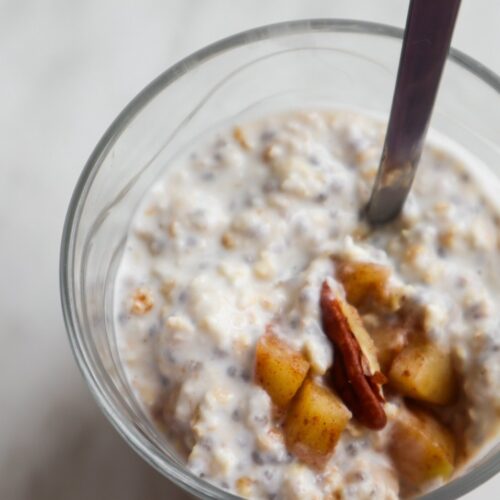
Hormones can be a bit of a roller-coaster, right? One day, you’re on top of the world, full of energy and ready to take on anything. The next, you’re feeling tired, bloated, and maybe a little grumpy. We’ve all been there. These ups and downs are caused by your hormone levels—especially estrogen and progesterone—which shift throughout your menstrual cycle.
These fluctuations have a big impact on how you feel, from your mood and energy levels to your appetite and even your skin. Understanding this can help you feel more in control, even on the tougher days.
So, what exactly goes on during these phases? How can you tell which part of the cycle you’re in? And, most importantly, how can you use this knowledge to your advantage? It’s amazing that we didn’t figure this out sooner! But no worries, let’s take it back to the basics—like a quick refresher from health class.
The first step to making the most of your menstrual cycle’s phases is knowing when each one happens. Luckily, there are plenty of tracking apps available for both Apple iOS and Android that can help. To get you started, here are a couple of popular apps you might want to check out: Flo Health & Fitrwoman
What Exactly Is The Menstrual Cycle?
“The typical menstrual cycle is 28 days and is broken down into four phases,” said Jennifer Hofmeister, an OBGYN physician assistant with Banner Health(1).
Do you want to unlock the secrets of how your menstrual cycle influences your nutrition, mood, and physical health? it might just be the game-changing decision you’ve ever made. Understanding your body’s natural rhythms can help you take control of your menstrual wellness by adjusting your diet and exercise to match each phase of your cycle. Imagine feeling more connected to your body and in tune with its needs.
Your menstrual cycle isn’t just about your period; it’s a complex process involving four key phases: menstrual, follicular, ovulatory, and luteal. Each phase has unique needs, from hormone fluctuations that impact your energy levels and mood swings to those pesky cravings that seem to come out of nowhere. By paying attention to these phases, you can make thoughtful choices that support your overall well-being.
For instance, during the menstrual phase, when you might feel more fatigued, focusing on nutrient-rich foods and gentle exercise can make a huge difference. As you move into the follicular and ovulatory phases, your energy peaks, so it’s a great time to ramp up your workouts and enjoy a balanced diet that fuels your active lifestyle. Then, as you approach the luteal phase, being mindful of cravings and mood shifts with supportive nutrition can help keep you balanced. With a little knowledge and a mindful approach, you can feel empowered to nurture your body and maintain optimal health all month long.
1. The Menstrual Phase
Days 1-5 mark the start of your menstrual cycle, as your body sheds the uterine lining to begin anew. During this phase, your hormone levels—especially estrogen and progesterone—hit their lowest, often leaving you feeling tired and drained.
It’s okay to feel this way and understanding how your menstrual cycle affects your energy and mood is empowering. By focusing on your diet and self-care during this time, you can support your body and enhance your menstrual wellness. With a little extra attention to nutrition and gentle routines, you can navigate these days with greater comfort and ease.
Nutrition Tips:
- Iron-Rich Foods: Replenish iron lost during bleeding by consuming green leafy
vegetables, lean red meat, lentils, and beans. - Vitamin C: Enhance iron absorption with vitamin C-rich foods like citrus fruits,
berries, broccoli, and red peppers. - Vitamin K: Reduce heavy bleeding with vitamin K found in leafy greens,
blueberries, cheese, and eggs. - Omega-3 Fatty Acids: Decrease inflammation and cramping with omega-3-rich
foods such as salmon, flaxseed, and tree nuts(2).
Cycle Syncing Tips:
- Hydration: Drink plenty of fluids to reduce bloating and maintain hydration.
- Anti-Inflammatory Foods: Combat cramps with omega-3s, ginger, and turmeric.
Exercise Tips:
Low-impact activities such as yoga, Pilates, meditation, stretching, and walking can help ease menstrual cramps and improve mood without putting unnecessary stress on the body. In saying that, it’s important to listen to your body during this phase, prioritizing activities that restore and revive you rather than further fatiguing yourself with intense workouts.
2. The Follicular Phase
On days 6-14, you’ve entered the follicular phase. As estrogen levels rise, those follicles in ovaries start to grow, boosting your energy, lifting your mood, and sharpening your mind. This is a great time to focus on your diet and nutrition, helping you make the most of this high-energy phase and enhance your overall menstrual wellness.
Nutrition Tips:
- Protein: Support muscle repair and growth with protein-rich foods like chicken, fish, eggs, and legumes, especially if you’re exercising.
- Complex Carbohydrates: Fuel your body with complex carbs found in brown rice, sweet potatoes, whole grains, beans, pulses, and quinoa for sustained energy.
- Leafy Greens: Help balance estrogen levels and detox excess by consuming vitamin and mineral-rich greens like kale, spinach, and broccoli.
Exercise Tips:
In this phase you will find your energy level starting to peak, making it a perfect time to start strength training and pushing your body that little bit more. Using free weights, resistance bands and also body weight exercises will all help to build muscle and to boost your metabolism. Cardio workouts are also great to be included in this phase. Running, cycling, High-Intensity Interval Training (HIIT) and Racquet sports are all ways to move your body now that it is more resilient and can cope with more intense stress on your body.
3. The Ovulation Phase
Days 15-17, you’ve hit the midpoint of your cycle—ovulation! With a surge in luteinizing hormone (LH), estrogen and testosterone levels peak, boosting your physical performance and increasing your libido. It’s the perfect time to harness this energy with a balanced diet, supporting your menstrual wellness and helping you feel your best.
Nutrition Tips:
- Antioxidants: Protect against oxidative stress with antioxidant-rich foods like berries, nuts, seeds, and dark chocolate.
- Hydration: Maintain hydration with water-rich foods such as cucumbers, watermelon, and citrus fruits, which are crucial for energy and cellular function.
- Healthy Fats: Support hormone production and brain health with healthy fats from avocados, olive oil, oily fish, seeds, and nuts.
Exercise Tips:
Use this phase to maximize your intense workouts, you are at your peak right now. Focusing on strength and endurance, competitive sports, HIIT workouts and even attempting your personal bests can be achieved. Due to your estrogen and testosterone levels peaking, you will feel more confident and be more motivated to want to engage in group workouts, and team sports and even want to achieve at a higher level at work too.
4. The Luteal Phase
During days 18-28, you’re in the luteal phase, which is the phase of the menstrual cycle where PMS (premenstrual syndrome) symptoms commonly occur. As your body prepares for a potential pregnancy with rising progesterone levels, you might experience bloating, mood swings, and cravings.
To support your menstrual wellness during this time, focus on maintaining a balanced diet and engaging in regular exercise to help keep both your body and mood in check.
Nutrition Tips:
- Complex Carbs and Fiber: Manage hunger and cravings with high-fiber foods like cruciferous vegetables, leafy greens, and sweet potatoes.
- Magnesium-Rich Foods: Combat mood swings and cramps with magnesium-rich foods such as dark chocolate, nuts, seeds, and leafy greens. These help relax muscles and regulate neurotransmitters, balancing your mood.
- Balanced Meals: Ensure your meals include a mix of protein, healthy fats, and complex carbs to regulate blood sugar levels and reduce cravings.
Exercise Tips:
In this phase, you’ll want to shift your workout intensity to a moderate level with workouts such as Pilates, light to medium weightlifting or even steady swims. Pre-menstrual symptoms may be reduced and managed without overexerting the body. When you introduce stress reducing activities such as meditation, breathing exercises, and light yoga, these can assist in managing stress levels and could even reduce anxiety levels. Aside from exercise, lymphatic drainage massage has also been known to help ease the effects of bloating, and fluid retention has been found to be common in the luteal phase of the menstrual cycle.
Conclusion
As you can see it’s important to honor your body by nurturing it according to the menstrual phase you are in. By following these phase-specific tips, you can optimize your menstrual wellness and achieve better health and vitality throughout your cycle. Share with us your experience during these phases! Have you found that these techniques work? Let us know in the comments.
References
(1) Olsson, Regan. “Syncing Diet, Exercise and Your Menstrual Cycle.” Banner Health, 13 Oct. 2023, www.bannerhealth.com/healthcareblog/teach-me/cycle-syncing-and-getting-in-tune-with-your-menstrual-cycle.
(2) “Cycle Syncing Nutrition and Exercise.” Cleveland Clinic, 3 Apr. 2023, health.clevelandclinic.org/nutrition-and-exercise-throughout-your-menstrual-cycle.







Leave a Reply